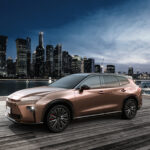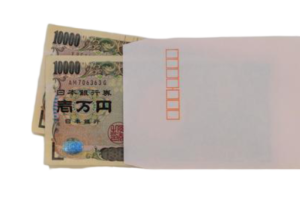Japan And Automobile News
Stay updated with the latest automotive trends, new car models, and technology from Japan!
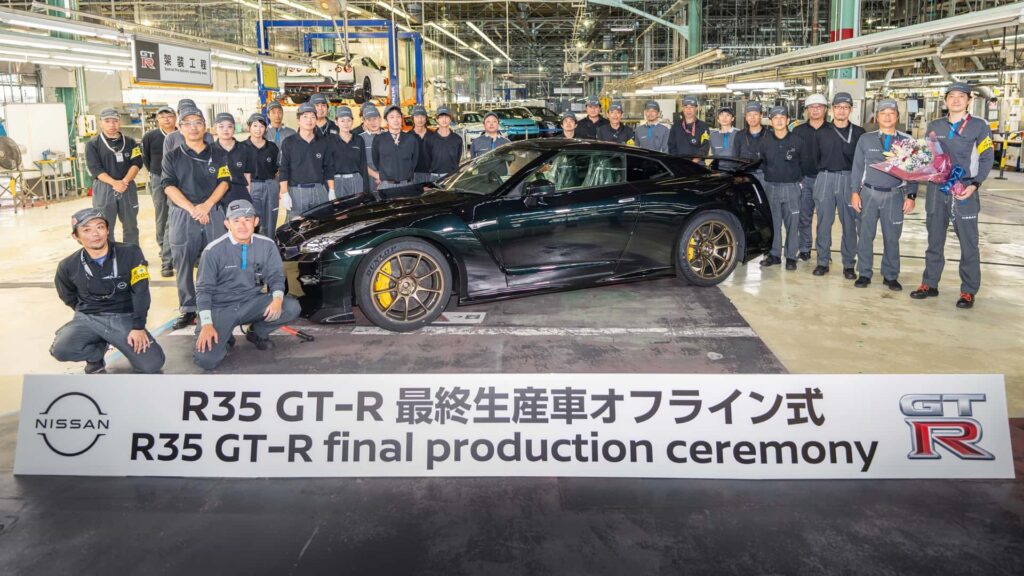
Godzilla Takes Its Final Bow: Nissan Bids Farewell to the R35 GT-R
Date: August 26, 2025
Location: Nissan’s Tochigi Plant, Japan
A Legend Ends Its Roar
After 18 years of relentless performance and technological dominance, Nissan has officially concluded production of the R35 GT-R—a car that redefined what a “supercar killer” could be. The final model, a Midnight Purple Premium Edition T-Spec, rolled off the assembly line on August 26, destined for a customer in Japan.
Over its storied run, Nissan built nearly 48,000 units of the R35—more than all of its GT-R predecessors combined. A hallmark of the GT-R’s legacy was its human touch: every VR38DETT twin-turbo V6 engine was meticulously hand-assembled by one of only nine master craftsmen—known as Takumi—each signing their work as a mark of pride and authenticity.
A Heartfelt Farewell Ceremony
At the Tochigi plant, a solemn yet heartfelt farewell event unfolded. Employees, engineers, and suppliers gathered to pay respects as the final GT-R rolled out of the line—signifying the end of an era not only for Nissan, but for JDM enthusiasts worldwide.
Not Goodbye—But Just for Now
That this isn’t the eNissan’s leadership assured fans tnd of the GT-R forever. “The GT-R will be back, without a doubt,” executives promised during the farewell event. While the R36 successor remains a dream for many, the company has acknowledged that the timeline will depend on technological advances and market readiness.
Rumors already hint at an electrified future, possibly inspired by Nissan’s Hyper Force concept—a futuristic sports car boasting extreme power and cutting-edge battery technology.
What’s Next for the GT-R?
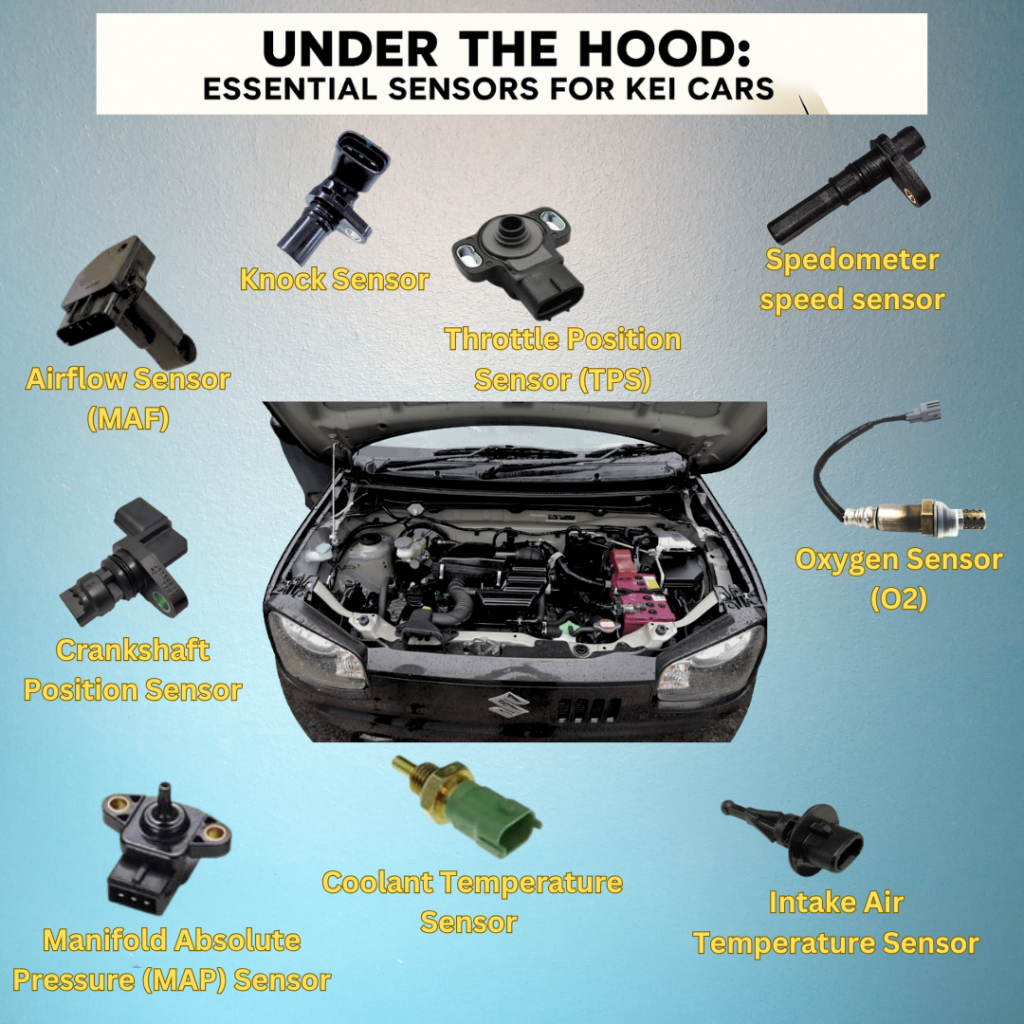
Under the Hood: The Essential Sensors That Keep Your Kei Car Running Smoothly
When you open the hood of your car, you’ll see a maze of wires, tubes, and components that might look intimidating. But behind all that complexity lies a network of small but powerful devices—sensors—that work together to keep your engine running efficiently and reliably.
Whether you’re driving a full-sized sedan or Japan’s beloved compact kei car, these sensors form the nervous system of your engine. They constantly send information to the Engine Control Unit (ECU), which makes rapid adjustments to fuel injection, ignition timing, and more, ensuring smooth performance, good fuel economy, and low emissions.
Let’s explore the basic sensors you’ll typically find in a modern gasoline engine, including the compact engines found in kei cars.
1. Airflow Sensor (MAF)
Measures how much air enters the engine, allowing the ECU to calculate the perfect fuel-air mixture. Without it, your car could run too rich or too lean, affecting performance and fuel economy.
2. Throttle Position Sensor (TPS)
Tracks how far you’ve pressed the accelerator. This helps the ECU know exactly how much power you’re asking for and adjust fuel delivery and ignition timing accordingly.
3. Camshaft Position Sensor
Monitors the camshaft’s position to ensure fuel injection and spark timing are perfectly synchronized with the engine’s cycle.
4. Crankshaft Position Sensor
Keeps tabs on the crankshaft’s speed and position, essential for ignition timing and fuel injection accuracy.

🚗 Toyota to Build a “Plant of the Future” in Japan — What It Means for Jobs, Technology, and the Local Community
Toyota City, Aichi Prefecture — August 7, 2025 — In a big step for Japan’s automotive industry, Toyota Motor Corporation has announced plans to build a brand-new, state-of-the-art car factory in the Teihōchō area of Toyota City. This will be Toyota’s first new assembly plant in Japan since 2012, with operations expected to start in the early 2030s.
A Plant Built for the Future
Toyota is calling this facility a “Plant of the Future.” It will use advanced manufacturing technologies and is being designed to support a diverse and inclusive workforce. Once complete, it will help Toyota maintain its domestic production capacity at around 3 million vehicles per year, with about half going to international markets.
For Japan, this is more than just another factory — it’s a sign that Toyota is committed to keeping high-tech car manufacturing alive and competitive, even as vehicle sales in the country slowly decline.
Timeline & Production Plans
3rd Generation Honda Freed
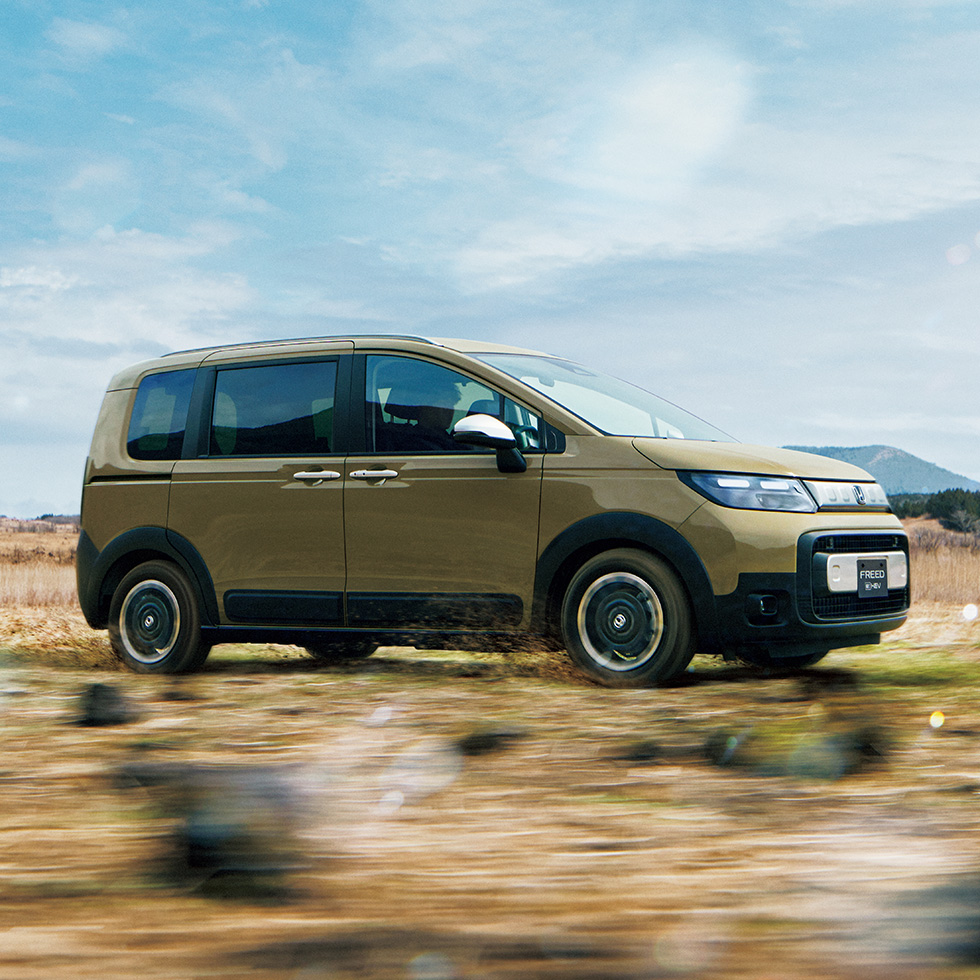
The 3rd generation Honda Freed,2022, is one of the most advanced compact MPVs in the Japanese market today. Designed for urban families, this car packs cutting-edge technology, comfort, and functionality into a compact, easy-to-drive body. If you’re a foreigner living in Japan and searching for a smart, reliable, and fuel-efficient vehicle — this one is worth a look.
📏 Compact Design, Surprising Space
The Freed is ideal for Japan’s narrow roads and tight parking spaces. With dimensions of approximately:
Length: 4.3 meters
Width: 1.7 meters
Height: 1.7 meters
Despite its compact size, the Freed offers plenty of space inside. It’s available in both 5-seater and 7-seater layouts, making it ideal for families, small businesses, or those who often travel with passengers.
🎨 Styli
The Freed comes in a variety of color options — including white, silver, black, blue, and red. Its clean and modern design is combined with electric sliding doors,
⚙️ Interior and Tech Features: Smarter Than Ever
⚠️ Tragedy in Saitama: Four Workers Die in Manhole Incident — A Wake-up Call for Foreign Workers in Japan

Gyōda, Saitama Prefecture — August 2, 2025
Four workers lost their lives on Saturday after falling into a deep manhole during a sewage inspection. This tragic accident has sparked serious concerns about workplace safety, especially for those who may not fully understand the risks at their job sites — including many foreign workers in Japan.
🧑🔧 What Happened?
The accident occurred around 9:25 a.m. in Gyōda, about 60 kilometers north of Tokyo. One worker fell into the manhole while working on a sewage pipe inspection. Three others attempted to save him — and also fell. All four men, aged in their 50s, were pulled out but pronounced dead at the hospital.
The manhole was about 60 cm wide and 12 meters deep — a confined and dangerous space. It was later discovered that toxic hydrogen sulfide gas was present inside, which may have knocked the workers unconscious almost immediately.
🛠️ Why Were They There?

New Rules for Foreigners Converting Licenses in Japan: What Every Resident Needs to Know
Hiroshima, July 2025 — Japan is about to implement major changes to how foreigners can convert their overseas driver’s licenses to a Japanese one. These new rules, set to take effect from October 1, 2025, are part of a national effort to improve road safety and ensure all drivers understand Japanese traffic laws.
If you’re a foreign resident planning to drive in Japan — or already using a license from your home country — this is important news you need to act on quickly.
🔍 Why Are These Rules Changing?
Over the past few years, the number of foreign drivers converting licenses has grown rapidly. At the same time, traffic accidents involving foreign drivers have increased, and the authorities believe that many drivers may not fully understand Japan’s road rules. These new rules are meant to make the conversion process safer, more accurate, and in line with how Japanese drivers are trained and tested.
⚖️ What Is Changing After October 1, 2025?
1. Proof of Residency Now Required
Until now, some foreigners were able to convert their licenses using hotel or temporary addresses. But under the new rules, everyone applying for a license conversion must show official proof of residence in Japan — a Certificate of Residence (住民票 / Juminhyo).
Tourists or short-term visitors will no longer be allowed to convert licenses.
2. Harder Written Test
The written test is getting a major update:
It will increase from 10 basic questions to 50 questions.
Questions will no longer include pictures — they will be text-based.
A higher score is required to pass: 90% correct answers.
The test will cover more detailed topics, including traffic laws, hazard response, and rules unique to Japanese roads.
3. Stricter Practical Driving Test
The practical test will also become more difficult. Test-takers will be graded more carefully on things like:
Use of mirrors and indicators
Safe turning and lane changes
Stopping at railroad crossings
Watching for pedestrians
Proper braking and spacing
Even small mistakes may now lead to failure, just like in the regular Japanese driving test.
4. Renewal Requirements Also Changing
For those renewing licenses obtained through conversion, new documents may also be required, such as updated proof of residence or visa status.

Toyoda Model AA — Toyota’s First Passenger Car Emerges from History
Long before Toyota became the global giant we know today, it took its very first steps into the world of automobiles with a car known as the Model AA. This was Toyota’s very first production passenger vehicle, built between 1936 and 1942, and it marked the beginning of a journey that would reshape the automotive industry forever.
🏭 From Looms to Roads
The story begins with Kiichiro Toyoda, who transformed his family’s loom manufacturing company into something revolutionary. Instead of continuing with textiles, he dreamed of building cars. In the early 1930s, development began on prototype engines, and soon after, the first prototype passenger cars were hand-built.
Though those first few prototypes have been lost to time, what came next truly changed history.

🚗 U.S.–Japan Trade Deal: What It Means for Auto Exports and Foreign Workers in Japan
July 23, 2025 – Tokyo
A new trade deal between the U.S. and Japan was announced by Donald Trump. Many people in Japan’s car industry are now worried—especially foreign workers who work in factories and car companies.
The U.S. said it will put a 15% tax (tariff) on products from Japan. This is better than the 25%–35% tax they were planning before. But right now, we don’t know if car exports are included in this lower tax.
🔧 Why This News Is Important for Foreign Workers
If you work in a car factory, parts shop, or transport company, this news could change your job, salary, or working hours.
Before this, Trump said he wanted a 25% or higher tax on Japanese cars. This would make it more expensive to sell Japanese cars in America. Car companies in Japan might make fewer cars or move jobs overseas. That means less work and possible job cuts.
Many foreigners in Japan work in these jobs, so it’s important to understand this deal.
🗣 What Japan Is Saying
The Japanese government hasn’t confirmed the full deal yet. Prime Minister Ishiba said Japan needs to “check all the details first.” This means the trade deal is not final yet.
Cars are Japan’s top export, so the Japanese side is likely still negotiating to protect the car industry.
🚘 Why the Car Industry Is in Danger
Japan sends about 1.5 million cars to the U.S. every year.
If the U.S. puts a high tax on these cars:
🚫 Car makers in Japan may stop some production
✈️ Companies may move jobs to the U.S.
❌ Many foreign workers (especially on contracts) may lose their jobs
📉 What Could Happen Next?
trade deal This is still developing. But if you are working in the car industry in Japan, your salary and job could change depending on what happens next.

BYD Beats Tesla in the EV Race
In a major shift, BYD, a Chinese company, passed Tesla to become the world’s top electric vehicle (EV) seller This is big news for people who follow EVs.
Why BYD Won
1. Strong Government Support
Since 2010, the Chinese government gave EV makers about $30 billion in tax breaks and plans an extra $97 billion by 2027 . They set manufacturing targets and give low‑cost loans, cheap land, and R&D help.
2. Low Prices, High Volume
BYD sells cars for much less than Tesla. They have models starting around $10,000, while Tesla Model 3s average about $45,000. This affordable pricing helped BYD sell many more cars
3. Vertical Integration and Battery Control
BYD makes most of its car parts in‑house—including all batteries—while Tesla makes about 68 % of parts and others less. BYD makes 75 % of parts for its EV flagship, the Seal. Making batteries in‑house gives them stability and lower costs
4. Battery Tech from the Start
Founded in 1995 as a battery maker, BYD started building EVs in 2003. It uses lithium‑iron‑phosphate (LFP) batteries, which are cheaper and more compact
Tesla vs BYD: Quick Comparison
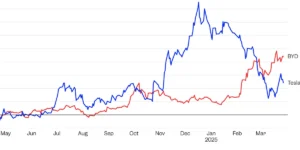
Feature |
Tesla |
BYD |
|---|---|---|
Avg Price |
~$45,000 |
~$22,000 |
Battery Source |
Mostly in‑house (~68 %) |
Fully in‑house (100 %) |
Key Strategy |
High‑end → mass market |
From low cost → mass market |
Battery Type |
NCA, NMC chemistries |
LFP – cheaper, safe |

🚗 Toyota Joins Forces with Waymo: Japan’s Bold Step Toward a Driverless Future
Japan has long been the heart of cutting-edge automotive engineering—and now, one of its biggest players, Toyota, is stepping into the future by partnering with Waymo, Google’s self-driving car company. This powerful collaboration could change not only how we drive in Japan, but how we experience transportation itself.
🤝 Why Toyota and Waymo Are Joining Forces


Toyota has been developing autonomous vehicle technology for years. But in recent times, the company began falling behind global rivals like Tesla and BYD. To close the gap, Toyota signed a major partnership in April with Waymo, a global leader in self-driving technology.
The goal?
To develop fully autonomous vehicles for both ride-hailing services and personally owned cars—vehicles that can drive themselves without human control.
Waymo already operates driverless robotaxis in the U.S., logging over 100 million miles of safe autonomous driving. Now, Toyota wants to bring that expertise into their vehicles and onto Japanese roads.

🚨 Think Japan Has No Car Thieves? Think Again – Land Cruisers Are Vanishing in Minutes!
For years, Japan has had a global reputation for being one of the safest countries in the world. Foreigners often assume that leaving valuables in a parked car—or even keeping it unlocked—is no big deal. But here’s the shocker:
Hundreds of Toyota Land Cruisers, Priuses, and Lexuses are being stolen right off the streets of Japan—sometimes in under 2 minutes.
Welcome to the dark side of Japan’s rising car theft wave, where even hybrid cars are being used as silent tools of crime.
🚗 The Most Stolen Cars in Japan (and It’s Not What You Think)
According to data from Japan’s National Police Agency, these were the top 10 most stolen cars in the first half of 2025:
Toyota Land Cruiser – 765 thefts
Toyota Prius – 289 thefts
Toyota Alphard
Lexus RX & LX series
Toyota Crown Series
Toyota Hiace
Lexus LS
Toyota Harrier
Suzuki Carry
It’s not just high-end cars. Even compact hybrids like the Prius are being stolen and then reused to quietly scout or carry out further thefts.
📈 Car Theft on the Rise – Especially in Toyota’s Hometown
Japan recorded over 6,000 car thefts in 2024, a noticeable increase from the previous year. The hardest-hit region? Aichi Prefecture—the heart of Toyota.
Other hotspots include Osaka, Chiba, and Saitama, where foreign buyers and professional crime rings operate with military-like precision.
🛠️ How Do Thieves Bypass Japan’s High-Tech Car Securit
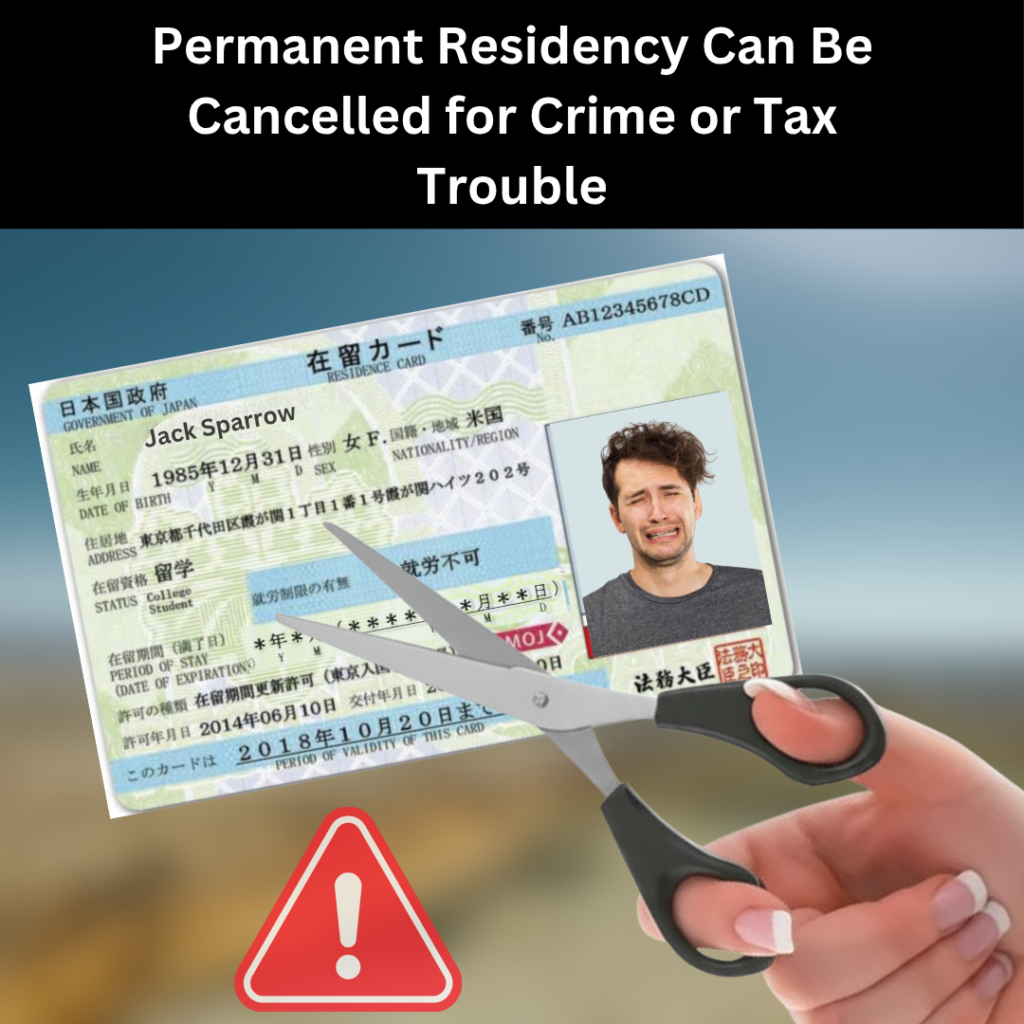
🚨 Japan’s New Law: Permanent Residency Can Be Cancelled for Crime or Tax Trouble
✅ How to Get Permanent Residency (PR) in Japan – All Legal Options
To qualify for PR, Japan’s Immigration Services Agency (ISA) looks at your visa type, your residency period, your income, and your behavior (like taxes and legal records).
Here are the main routes to PR:
1. 🕰️ Standard Route: 10 Years Continuous Residency in Japan
You must have lived in Japan for 10 years or more.
Out of those 10 years, at least 5 years must be on a work visa (like Engineer, Skilled Labor, Instructor, etc.).
You must show stable income and have paid all taxes, health insurance, and pension properly.
No criminal record or immigration violations.
This is the most common and general route for foreigners working in Japan.
2. 💼 Highly Skilled Foreign Professional (HSFP) Fast Track: 1–3 Years
If you’re on a “Highly Skilled Professional” visa, you can get PR faster depending on your points score:
PR after 1 year if you score 80 points or more
PR after 3 years if you score 70 points
Points are given based on:
Education level
Japanese language skills
Annual income
Age
Work experience
✅ Great option for engineers, researchers, professors, or business managers.
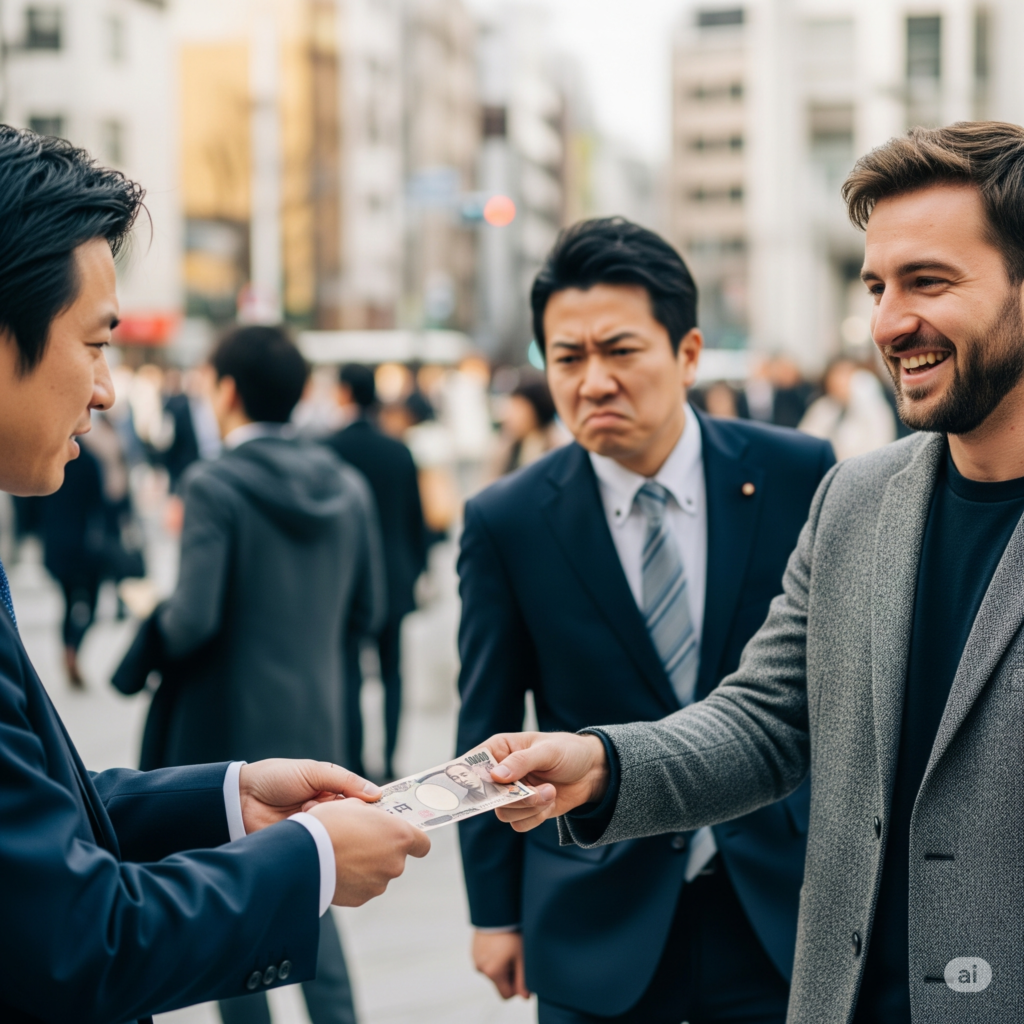
💸 Japan Is About To Give ¥20,000 To Everyone – Including Foreigners Living There,But some do not like it
If you’re living in Japan right now, we’ve got some very good news.
The Japanese government is officially planning to give away free money to help people with the rising cost of living – and yep, foreigners are getting it too.
🤑 So, what’s the deal?
Every single resident in Japan – no matter your nationality – is set to receive ¥20,000 in cash from the government.
That’s right. You don’t need to be Japanese. You don’t need to be a voter. If you live here legally, you’re in.
And if you’ve got kids or you’re on a low income? You could be getting ¥40,000. Yes, seriously.
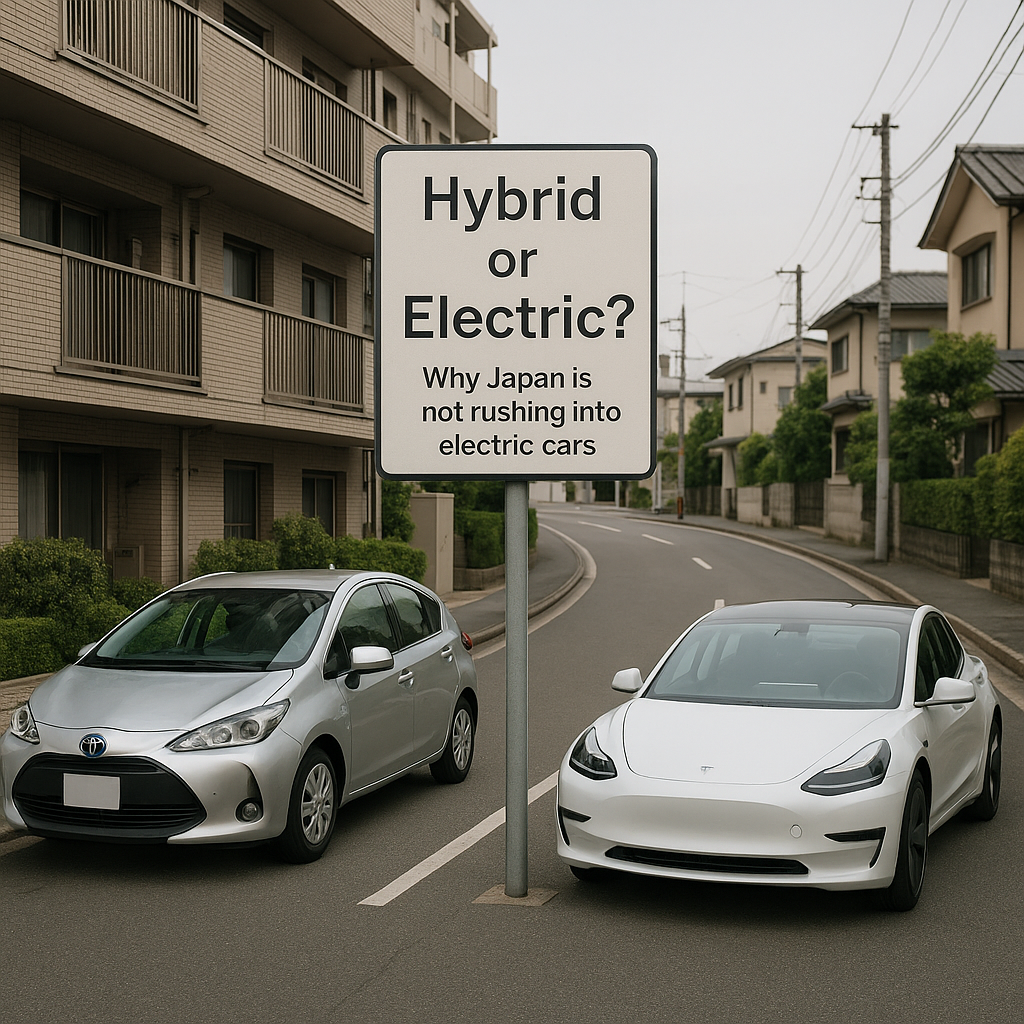
Why Japanese People Don’t Love Electric Cars Like Europeans Do?
If you’re a foreigner living in Japan, you may have wondered:
“Why don’t Japanese people drive electric cars (EVs) as much as in Europe or other countries?”
That’s a smart question — and the answer is not just about technology, but also about culture, lifestyle, and even natural disasters.
Let’s break it down 👇
1. 🚗 Japan Already Loves Hybrid Cars
Japan is the home of hybrid cars like the famous Toyota Prius. These cars use both gasoline and electric power — and they’ve been around for over 20 years.
Japanese drivers trust hybrids and believe they are already eco-friendly.
Many people feel, “Why switch to a full electric car when my hybrid works just fine?”
2. 🏠 People Don’t Drive Long Distances
Most people in Japan use their cars for short trips — to the station, supermarket, or daycare.
Japan has great trains and buses, so many people don’t need a car every day.
Small cars like kei cars are cheap, fuel-efficient, and easy to park — perfect for Japanese cities.
So full EVs feel like more than they need.
3. ⚡ Charging Is Still a Problem
Electric car charging stations are not everywhere in Japan.
Many people live in apartments (called “mansions”) with no space to charge a car.
Public charging stations are growing, but not as fast as in Europe.

🚗 New to Cars? Here’s the Only Car Maintenance Guide You’ll Ever Need!
Owning a car is exciting—but it also comes with responsibility. If you’re new to cars, or don’t know much about how they work, don’t worry. Taking care of your vehicle doesn’t require you to be a mechanic. Just follow this simple guide and your car will stay healthy, safe, and ready to take you anywhere.
🛢️ 1. Check Your Oil – It’s the Car’s Blood!
Oil keeps your engine running smoothly. But over time, it gets dirty and loses its power.
What to do:
Open the hood and pull out the oil dipstick.
Wipe it, put it back, then pull it out again to check the level and color.
If the oil is too low or black and dirty, it’s time to change it.
Do this check once every 2–4 weeks.
🛠️ Bonus Tip: Even if you don’t drive much, oil still ages. Change it every 6 months or 5,000–7,000 km.
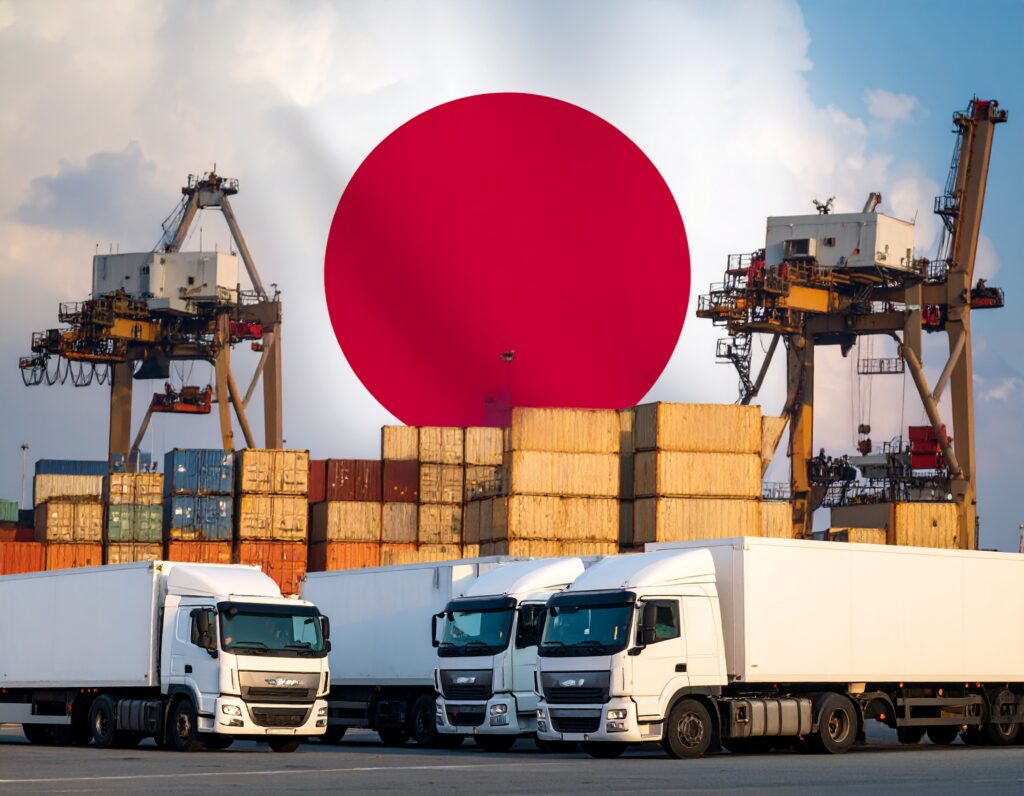
🚨 How Donald Trump’s Tariff War Is Shaking Up Japan’s Car Industry – And What It Means for You
By Hiroshima Cars News Team
If you’re working in a car factory in Japan or love driving Japanese cars, here’s something you should keep an eye on: Donald Trump is back in the headlines—and this time, his tough stance on trade could hit Japan’s auto industry harder than ever.
So what’s going on, and why should you care? Let’s break it down.
 Why Did Trump Go After Japanese Cars?
Why Did Trump Go After Japanese Cars?
Back when Donald Trump was president (2016–2020), he believed that the U.S. was losing in global trade—especially with countries like China, Germany, and yes, Japan. He claimed Japan was sending too many cars to the U.S., while American car companies struggled to sell their vehicles in Japan.
